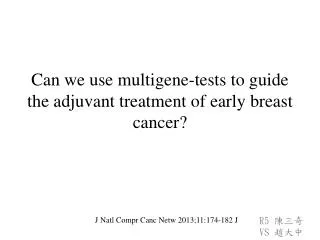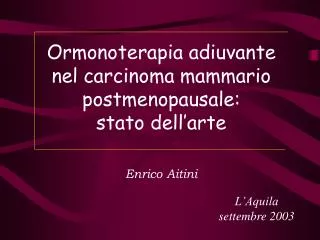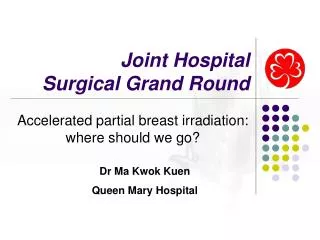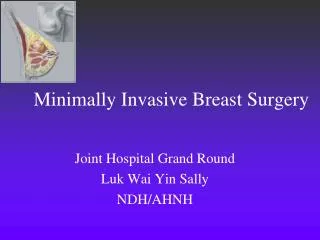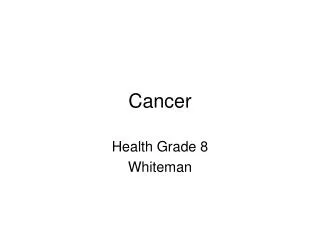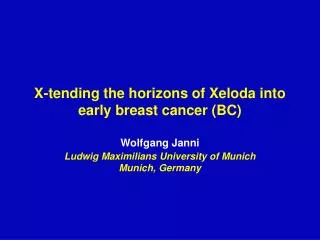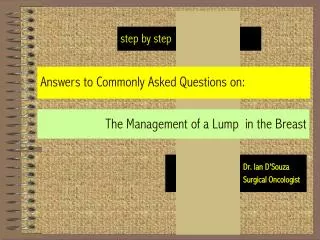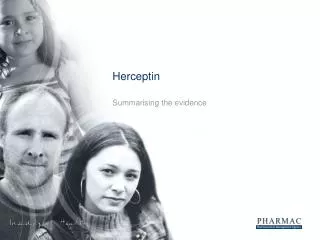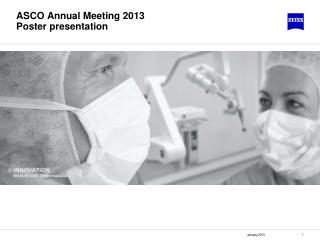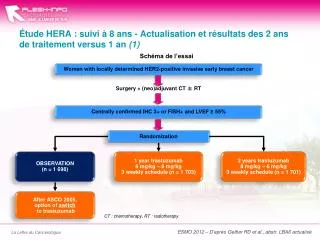A Novel Mechanism for Early Breast Cancer
A model for breast cancer is presented here suggesting that dysregulation of the thymidylate synthetase gene acts as a molecular switch that can initiate tumor formation and create drivers of early disease development. A previous version of the model was given at the 11th St Gallen International Breast Cancer Conference in 2009. The relevant scientific literature was reviewed over the period Mar 2009 to the present. Emphasis was placed on studies of early breast cancers that had not been subjected to treatment with radiation or chemotherapy to avoid selection artifacts. It is suggested here that genetic (BRCA1, BRCA2), nutritional (folate, B12 deficiency) and environmental factors (complex chemical mixtures) can interact to cause unrepairable DNA damage throughout the nuclear genomes (nDNAs) of replicating breast stem cells (see Fig1). In the mitochondrial genome (mtDNA) which has far less DNA repair capacity and many more targets, accumulated genetic lesions lower the efficiency of p53 mediated apoptotic clearance of damaged nDNA over time. It is suggested here that unrepaired nDNA damage and consequential chromosomal rearrangements near cytogenetic band 18p11.32 can result in permanent TYMS dysregulation (Figs 2-4) initiating breast tumorigenesis and driving early disease progression by acting as a molecular switch. A summary of the genomic, epigenomic, apoptotic, metabolic and bioenergetic effects caused by TYMS dysregulation is shown in Fig6, including: 1) Greatly increased rates of mutagenesis clastogenesis and recombinagenesis resulting in ongoing nDNA genomic instability caused by the induction of point mutations, insertions, deletions, inversions, translocations, gene fusions and conversions. 2) Chronic global hypomethylation caused by shunting of folate away from S-adenosylmethionine (SAMe) biosynthesis by excess TYMS expression. 3) Ongoing biosynthesis of the angiogenic factors deoxyribose (dR) and deoxyribose-1-phosphate (dR-1-P) by catalysis of excess intracellular pools of dUMP (switch low) or dTMP (switch high). 4) A shift from oxidative phosphorylation (OXPHOS) to glycolysis (the Warburg effect) caused by ongoing genetic damage to both mtDNA and nDNA. 5) Generation of tumorigenic exosomes encoding TYMS on extrachromosomal circles ( Fig3) or palindromic hairpins (Fig4). 6) Ongoing telomere shortening generating cell lineages with altered chromosome number (aneuploidy). 7) Continuous formation of regions of cell lethality (apoptosis/necrosis) within the tumor cell mass due to very low or no TYMS expression. A novel picture of a significant fraction of early breast cancers emerges from the model: that of a tumor cell mass heterogeneous from onset with respect to histopathological and molecular endpoints that significantly affect disease course and clinical outcomes.
★
★
★
★
★
75 views • 1 slides

